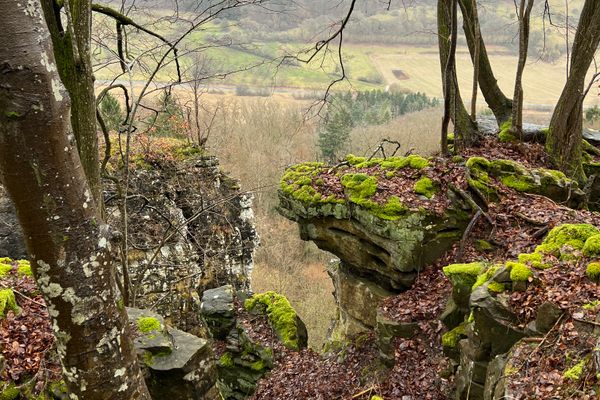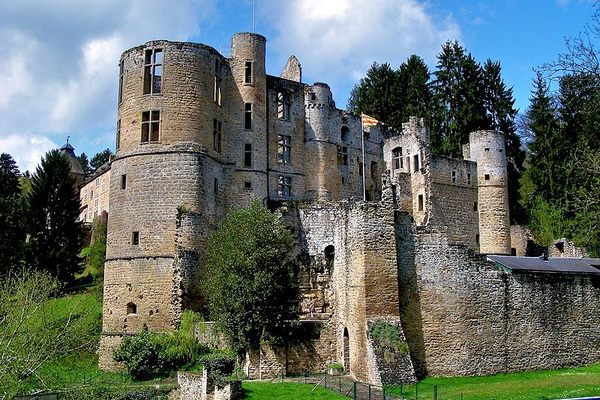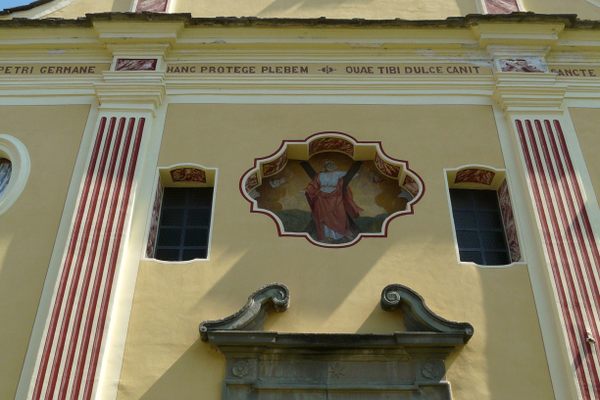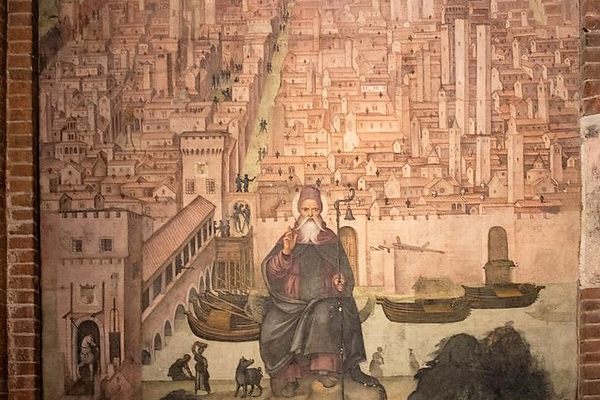AO Edited
The Crypt of Saint Willibrord
Below the altar in Saint-Willibrord Basilica rests the mortal remains of Luxembourg's patron saint.
In a crypt in the east of Luxembourg stands a white marble sarcophagus that houses the remains of Luxembourg’s patron saint. Saint Willibrord was an Anglo-Saxon, Irish Benedictine monk who became the first bishop of Utrecht in what is now the Netherlands. In 698, he went on to establish the Abbey of Echternach on the site of a Roman villa in modern-day Luxembourg. Willibrord died on 7 November, 739 at the age of 81, and according to his wish, was buried in Echternach. He was venerated as a saint soon after his death.
The crypt dates from the Merovingian period and still features beautifully preserved frescoes. Be sure to visit the Willibrord Fountain, also located in the crypt, which is painted with a fresco of the saint and the Latin inscription, “Haurietis aquas in gaudio de fontibus salvatoris” or “You will draw waters in joy from the fountains of the Savior.” This spring is one of many Willibrord Wells or Willibrord Fountains, which skirted his missionary routes, and were visited by the faithful to solicit the healing of various nervous diseases, especially for children.
Since at least 1100, faithful pilgrims have honored Saint Willibrord with the dancing procession of Echternach, an annual Roman Catholic dancing procession that ends with a service in the basilica above the crypt. Echternach is the last traditional dancing procession in Europe. The procession is held every Whit Tuesday and draws many thousands of tourists and pilgrims from around the world. In 2010, the Echternacht procession was added to the UNESCO List of Intangible Cultural Heritage.
Know Before You Go
The church is open to the public Monday through Saturday.

















Follow us on Twitter to get the latest on the world's hidden wonders.
Like us on Facebook to get the latest on the world's hidden wonders.
Follow us on Twitter Like us on Facebook